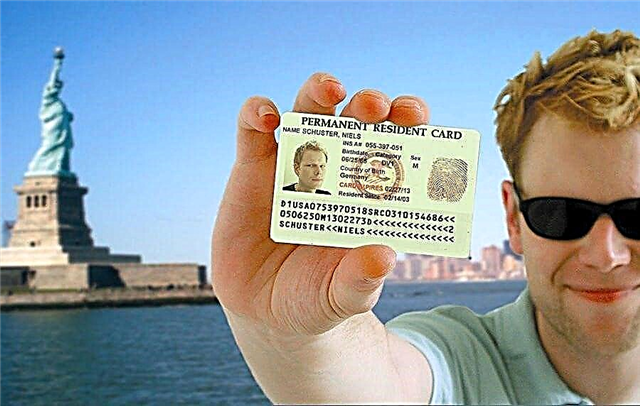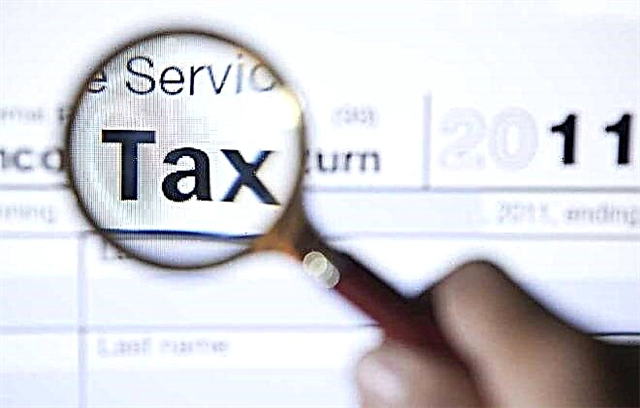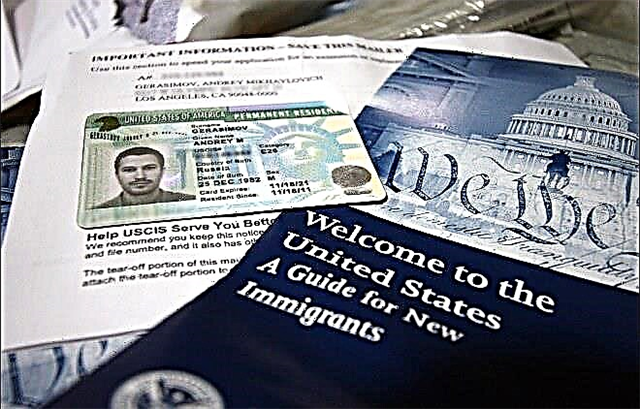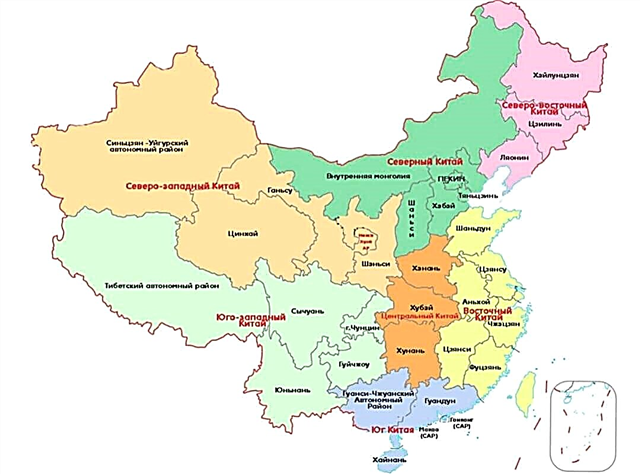China is one of the largest countries in the world, which has managed to achieve an unimaginable scale of development of technology and economy. For the most part, this is, of course, the merit of the multimillion people. So what is so amazing about this nation? Why are there so many Chinese? What contributed to the growth in the number of local residents? How many Chinese are there in the world? The query "how many people live in China" is one of the most popular in search engines. The reader will find answers to all these and other questions in this article.
Population of the country and its features
The People's Republic of China is the most densely populated country in the world, which allows it to be the leader among other states in this indicator for several years.

The population density of China is approximately equal to 0.146 people for 1 sq. m... A striking feature of demographic history is that population numbers appear to have fluctuated between 37 and 60 million over 1000 yearswithout showing a consistent trend. Now, according to the UN for 2020, there are about 1.4 billion people and this figure continues to grow.

One of the most burning questions that worries other peoples is why there are so many Chinese? It is not entirely clear what exactly caused this. Scientists put forward several unofficial versions:
- There are huge areas of fertile land on the territory of the country. It takes a lot of people to process them properly and get a good harvest. Therefore, each married couple had to give birth to more children in order to provide the workforce in the required quantity and thereby survive.
- A large family is one of the national values. Previously, divorce was unacceptable and discouraged by society.
- Thanks to the policy of the leader of the people, Mao Zedong, who proclaimed that the country's prosperity is possible, among other things, due to the population explosion.
Below is a small selection of facts about this civilization:
- According to online statistics, they speak here 292 languages, but only one of them is officially recognized by the state.
- "Putonghua" is the common language of the People's Republic of China, referring to the oral part, "Baihua" - to the written one.
- The Chinese were the first to produce silk, jade, bronze, and paper.
- The modern beliefs and philosophies of the locals are based on the teachings of the ancient thinker and philosopher known as Confucius. He lived almost 3 thousand years ago. Morality, kindness, education - all this was preached and promoted by him.
- In China, natural white is a symbol of sorrow, despondency and mourning. Therefore, at the funeral, the Chinese put on it.
Mainland China
The mainland part of the PRC stretches from the eastern part of Asia and reaches the West coast of the Pacific Ocean of the PRC. Its area is 9.6 million square meters and is equal to the entire area of the European continent, ranking 3rd in the world after Russia and Canada.
Note! In fact, the map shows the location of the country in 5 time zones, but local residents live according to Beijing time - GMT / UTC +8, which is 5 points ahead of Moscow time.
With a long land and coastal border of more than 40 thousand kilometersThanks to its successful geography, China is surrounded by the following states: Russia, Mongolia, Japan, North Korea, South Korea, Vietnam, Thailand, Kazakhstan, Kyrgyzstan, Afghanistan, Pakistan, India, Laos, Cambodia, Burma, Nepal, Sikkim and Bhutan.
You May Also Like

In total, there are 34 administrative units, 5 autonomous regions, 2 special administrative regions and 23 provinces. With mountainous regions in the west and plains in the east, the local relief is represented by an uneven surface, with depressions and small rises, and 2 main rivers - the Yangtze and the Yellow River.
Macau
Macau is a special ethnic administrative region that is the epicenter of gambling. The casino and entertainment industry is a formula to support the region's high GDP. Like Hong Kong, Macau has its own currency, passports, and legal system that are completely separate from China.
Formerly Macau, up to 20th centurywas a foreign colony. The Portuguese settled here in 1557 year, in a small fishing village that was located in the South China Sea at the time. Before 1887 year the settlement was in the possession of Portugal.

In 1987, Portugal and China signed an agreement that Macau would become the SAR of China, and in 1999 the local government endowed the region with formal sovereignty.
Census
Since the founding of the People's Republic of China - 1949 to the present - 6 population censuses have been carried out here: in 1953, 1964, 1982, 1990, 2000, 2010 Seventh on the account, according to the notice of the State Council, will begin November 1, 2020.
Life span
According to the latest UN data in the country, on average, men live 75.6 years, women - 78.2 years... The total life expectancy is 76.9 years.

Note! Age leader in the world ranking 2019–2020. is a special administrative region of China - Hong Kong (seaport and largest financial center). Local islanders live up to 81.3 - male, 87.3 - female.
The dynamics of change in the number of people
You May Also Like
A recent scientific forecast suggests that China's population will peak at 1.442 billion. in 2029, and then the numbers will decline due to the rapidly aging nation and low birth rates.
Beijing authorities January 17, 2020 reported that the population exceeded 1.4 billion in 2019. But at the same time, the number of local residents is actually decreasing, since last year only 14.65 million children. The fertility rate has been falling for 3 consecutive years and is 10,28 % per 1000 people - this is the lowest indicator registered since the beginning of the formation of the republic. In contrast, the number of elderly people is rapidly increasing and has already reached 249 million people. (over 60 years old), which is equal to 17.3 percent of the total population.
Age groups
The real distribution of the main age groups at the beginning of 2021:
- under 15 years old - 17,5 %;
- from 15 to 65 years old - 73,6 %;
- from 66 years old - 8,9 %.
Demographic load factor
The CDN shows the ratio of the able-bodied part of society (people from 16 to 65 years old) and the disabled, which includes children, adolescents, the elderly, the disabled, etc. This indicator is extremely important: it is on it that government spending on social spheres depends.
Overall load factor
It is equal 35,9 %... This relatively low indicator reflects the fact that the share of the working-age population is 2 times higher than the number of other categories of citizens. This ratio entails low social spending.
Potential replacement rate
This is the so-called child indicator (23,9 %). It expresses the ratio of the number of persons under 15 years of age to the able-bodied part of society.
Aged dependency ratio
As the name suggests, it reflects the proportion between the number of elderly people (from 66 years old) and the number of able-bodied citizens. Currently stands at 12 %.
Population reproduction type
Modern China is characterized by 1 type of population reproduction, in which the demographic situation is characterized by low birth and mortality rates: the first, for the most part, was influenced by the policy of "one family - one child", the second - by improving the quality of life of people.
National composition
Representatives of about 56 nationalities live in the country, of which 92% are Han.
Note! They are also the largest nation in the world.
Among national minorities, the most numerous are:
- zhuang (16 million) relating to the Thai peoples;
- hueizu (10 million), whose ancestors were the ancient Chinese;
- Uighurs (10 million) of Turkic origin.
Representatives of the Loba people live here least of all (3.6 thousand people.).
Such a national structure did not take shape immediately, but over several millennia.
Story
History shows that the characteristic feature of the Chinese population is gradual steady growth with short periods of decline. For example, in 700 g... BC e. 12 million people lived in the country, 290 - already 2 times more - 24 million. The number of local residents grew continuously and 1200 g... reached 105 million, but in the 13th century it dropped to 77 million.
As evidenced by 6 conducted population censuses, over the past 60 years, that is, from 1950 to the present, the increase was 800 million... This is the largest figure in the entire history of the country.
Previously, the PRC was dominated by type 2 of reproduction, which is characterized by rapid birth rates, which was determined by the values of the people and a number of other factors. But gradually, in connection with the rapid growth of the Chinese economy and the corresponding political decisions, there was a transition to type 1, which was already described above.
Urbanization
Due to the fact that rural areas were included in the city limits, the number of the latter increased sharply. As a result, more than 55% of the country's inhabitants are now considered urban.

In 2010, there were already 34 cities in the country with a population of over 1 million people, of which 5 of them have a population of more than 11 million in China. These include:
- Shanghai - 22.3.
- Beijing - 18.8.
- Chongqing - 15.3.
- Tianjin - 11.1.
- Guangzhou - 11.1.
Migration: Role in China's Urbanization
The success story of Chinese manufacturing over the past quarter century is inextricably linked to the fact that migrant workers work for a living wage. The total resource of the rural labor force, which was estimated at about 155 million in 2010, has been the backbone of the country's export industry since the middle 1990s... In such centers as Shenzhen and Dongguan, they constituted the overwhelming majority, namely 70-80% in the early years of the XXI century. Rural-urban migration has also played a very important role in the state's recent epic urbanization.
Due to extremely low birth rates compared to past generations, urban China now requires a constant influx of rural migrants to maintain the current level of production concentrated in large settlements.
The current official urbanization attempt in Beijing is trying to maintain the current rate of economic growth by accelerating the movement of peasants to the cities. But with most of the highly skilled rural workforce already working in urban areas, the next wave of migrants may be less productive than authorities expect.
“Migration with Chinese characteristics” refers to police control of urban influxes, including the notorious Beijing hukou system for identification and registration. Since the authorities continue to prevent most migrants from receiving new hukou where they currently live and work, China now has hundreds of millions of illegal migrants working in their cities and the urbanization plan does not include a solution to this problem.
"One family - one child"
At one time, the government feared that national growth was holding back the country's economic development. So in 1979 the Chinese authorities have approved a "one child per family" policy. He also implemented birth control programs and offered economic incentives to families with fewer children.
The One Child Demographic Policy required married couples to apply for a family planning certificate after they learned about pregnancy. The procedure itself was artificially complicated. The situation forced to go through all the circles of "bureaucratic hell", including obtaining official certificates from at least 16 different organizations. Government requirements involved so many steps that, despite financial security, some couples feigned unemployment in order to alleviate at least one of them.
The authorities subjected the applicants' mothers and fathers to scrutiny, including posting their names and home addresses on a public notice board. Along with this information, they published the identification number of the expectant mother: an analogue of the US social security number and driver's license. They also indicated the last type of contraception the couple was using.
China's demographic policy "second child in the family"
In 2016, China canceled its decades-old discriminatory policies in an effort to combat an aging society and a shrinking workforce. Married couples can now have 2 children or more and do not have to apply for a family planning certification.
As you can see, despite the current status of the most populous country in the world, the number of China, according to experts' forecasts, will decline and such prospects upset the authorities. At one time this was influenced by government measures, and now - by the growth of the economy and the standard of living of people. So in the near future, overpopulation does not threaten him.











